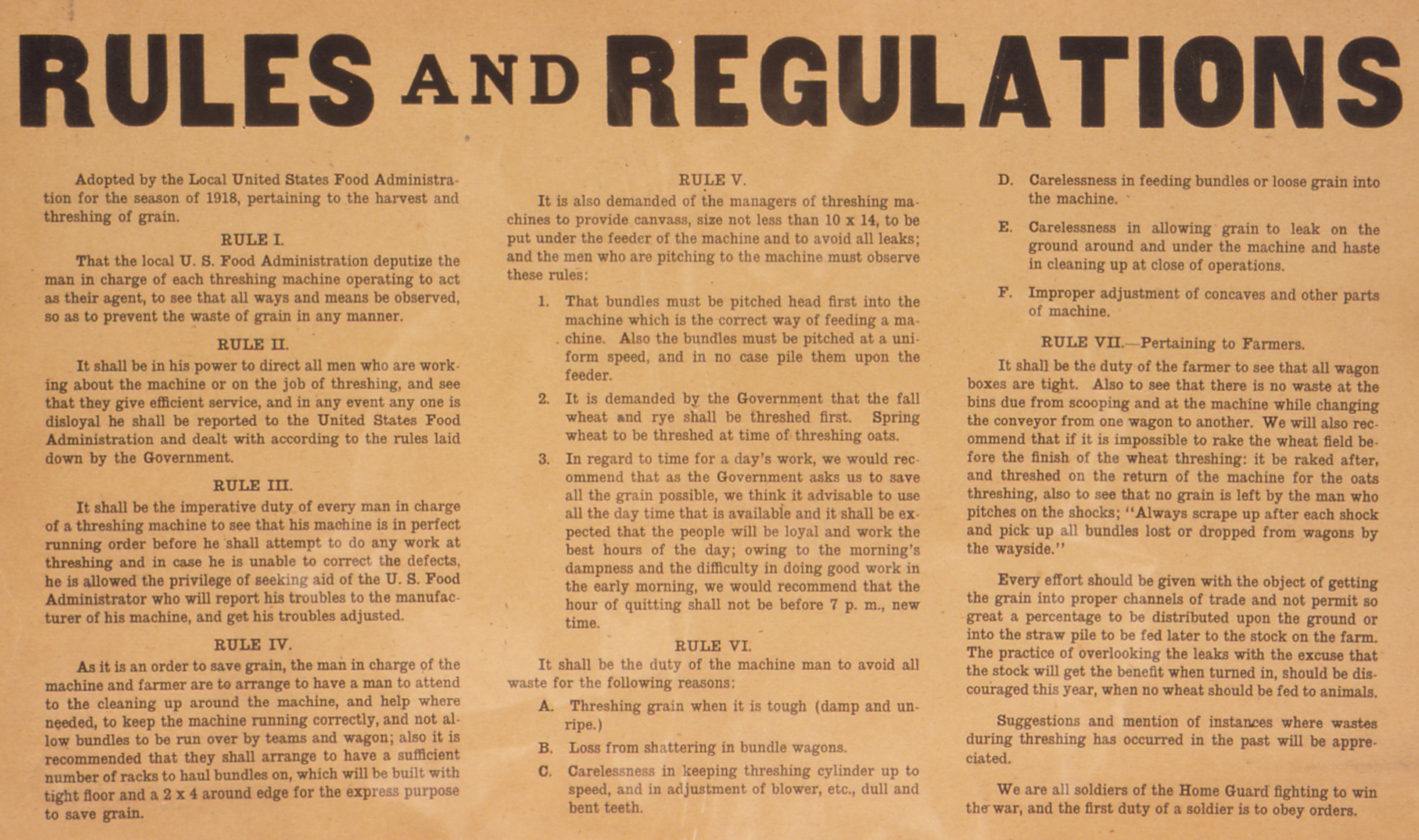In short, they’re big news, yet old news.
They made their names at a time when the game was completely different and can trade off their superstar status until they’re gone. How many up and coming indie musicians can say the same?
Fanfare vs. No Fair

Image Credit: Dina Regine
Led Zeppelin unleashed their back catalog on Spotify, cue trumpets.
Finally, one of the biggest rock bands ever is available to the hundreds of thousands of fans who use the streaming service, love the band, but previously had to dig out some physical release to listen to them. No new music is required to make this announcement worthwhile, as the triumph of having Zeppelin’s entire discography at the click of a button, at home and on-the-go, is enough to release a wave of pent up frustration at that previously limited access.
This simply doesn’t exist for releases by newer independent artists, whose work is cast into the vast archives of the streaming services. There they compete for listening time with other new releases by better known artists, not to mention the inimitable discographies of music legends. No fair, indeed.
Note that there are only now a few holdouts in the streaming space. They generally fall into one of two camps; classic acts still wringing the last few quid from physical music formats, and more contemporary acts finding fault with the payment model of Spotify and its ilk. Both have valid arguments, but the former will dry up within the next few years, as CD revenues become negligible and vinyl continues to occupy the same specialist niche it has comfortably maintained for years (thank goodness). And when the likes of the Beatles, AC/DC, and Garth Brooks finally flip that switch, the fanfare will be there for them too, as will a significant royalty check from the burst of listeners pouring over their respective canons.
This will not – and may never – be the case for independent musicians on their way up.
Why would it? Even the most hotly anticipated new releases barely make a dent on mainstream media in the current climate of music, meaning there is no rush to listen. Release dates matter less and less, albums are increasingly difficult to market as an overall listening proposition, and it’s the individual tracks, more than ever, that drive a deeper dive into a new artist’s work. Having an unexpected hit, a la Lorde with ‘Royals’, is a more likely route to some form of wider recognition.
Now, on the subject of surprises…
Beyoncé Is the Exception, Not the Rule

Image Credit: José Goulão
The superstar dropped a surprise album last week, cue a flock of media attention.
Unlike Led Zep, a new release was indeed the draw here (except for Target, who have thrown their toys out of the pram). Add to that the masterful avoidance of leaked material, or any benefit from pre-release hype, and surely we have a marketing master class? Sure, but only for Beyoncé and, perhaps, others with her level of recognition and guaranteed media attention.
Again, there are few examples of this in the current ranks of rising artists and certainly none who could pull it off without a series of previous successes. Beyoncé built her reputation before the collapse of album sales and relied on plenty of long-term, expensive marketing campaigns for much of the discography that precedes her latest effort. Independent musicians struggle every day to get their releases, surprise or otherwise, noticed by even the smallest of music blogs.
What hope is there of attracting any sort of fervor to a release by a relatively unknown indie act? Next to none, unfortunately. Or perhaps it’s a good thing, as we’re forced back again to the crux of the matter; crafting a career in music based on longevity, rather than sudden hype or momentary gimmicks.
Where to Look for Lessons in Music Marketing
Not up, but around.
The superstars and classic acts have already built their base and have full marketing teams at their bidding to exploit it effectively. You, the independent musicians doing it on your own time, do not. But when you see those of a similar size and stature around you gaining attention and beginning to break out, ask yourself what it is they’re doing that you can replicate and improve upon by making it your own.
And while you’re looking around, don’t forget to think about how to distinguish yourself. What is everyone doing that causes them to blend together, to . As much as you want to eschew short term gimmicks, don’t overlook the value of having a hook. Something as simple as the way you look or the places you play may be enough to set you apart, if not on first impression then after listeners have multiple encounters with your music.
In the end, perhaps the one thing we can learn from the superstars is that independent acts can’t achieve that single, huge fanfare for attention. The good news is that a slower development of several smaller, noteworthy moments can build to a crescendo of similar proportions, while at the same time making for a more sustainable career than any overnight superstardom would permit.








.